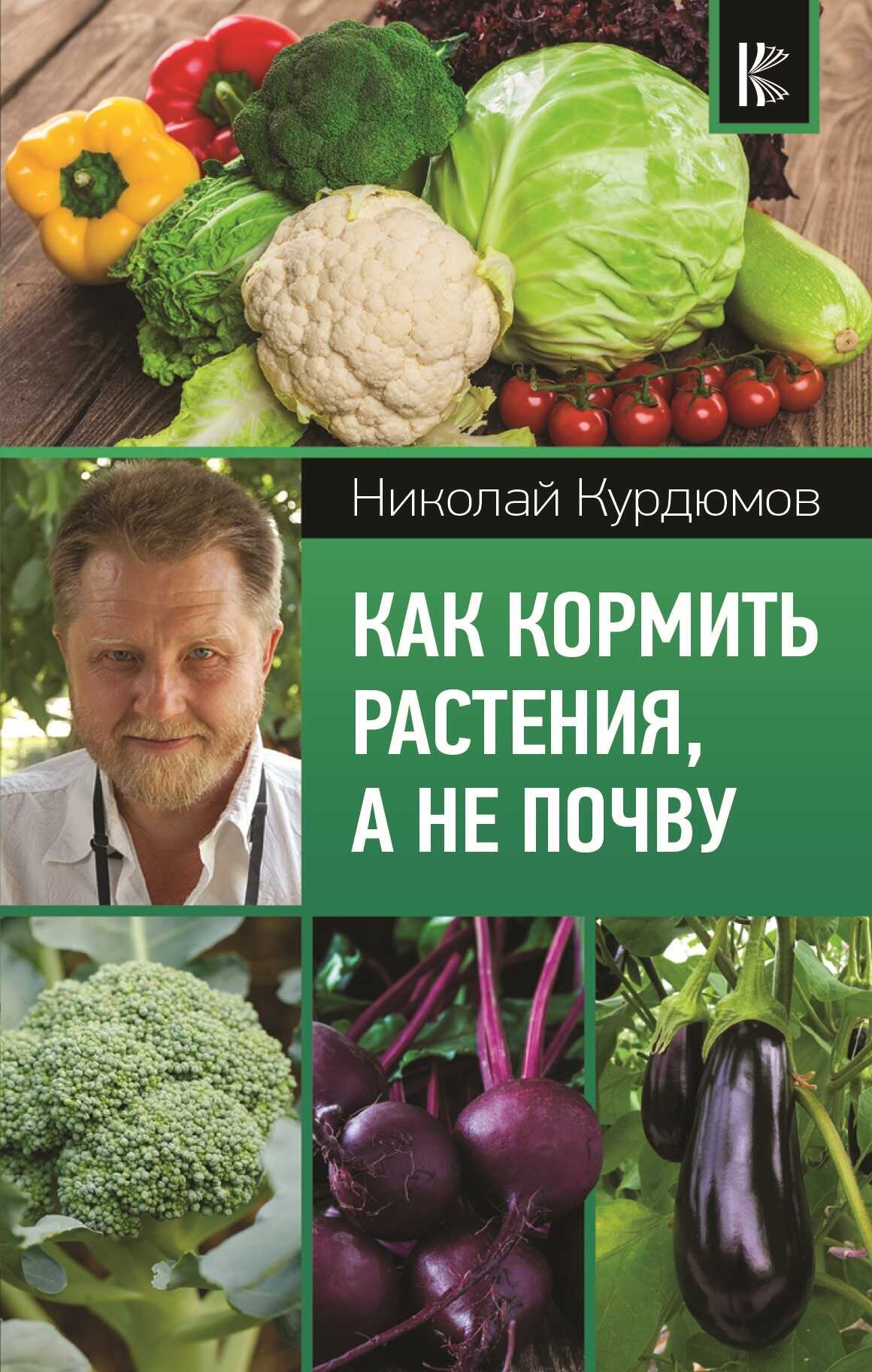Шрифт:
Закладка:
Communication Competency Index is a comprehensive indicator that reflects the communication capabilities (strength, competency, resourcefulness) of media teams in nuclear cities.
Three objectives of the index are highlighted:
• Assessing the collective communication resources of media teams in each city where the corporation is present;
• Evaluating the effectiveness of training/ preparation within the media accelerator framework;
• Comparing (ranking) the media teams in the cities where the corporation’s enterprises are located.
Communication Competency Index is a comprehensive indicator that reflects the communication capabilities (strength, competency, resourcefulness) of media teams in nuclear cities.
STAGES OF CCI DEVELOPMENTThe CCI is developed using typical methodologies for constructing comprehensive index indicators, integrating various expert and other assessments of different objects and processes. The development of the index included several stages.
STEP 1: BUSINESS PROCESS RESEARCH
To determine key metrics and create an overall picture, the index authors analyzed the business processes of digital transformation market leaders such as Tinkoff, Sber, Yandex, S7, Alfa-Bank, RBC, Forbes, SKOLKOVO, AFK Sistema, and others. Additionally, an analysis of data and metrics from media and media sources was conducted: Yandex, Yandex.Zen, Interfax, Gosuslugi, Forbes, TASS, VK, and the “360°” TV channel. Furthermore, the developers examined the digital transformation and process optimization experiences of mass media entities like Kommersant, Interfax, Forbes, TASS, Yandex.Zen, RBC, MK, Evening Moscow.
STEP 2: INTERVIEWS WITH EXPERTS
Experts in communication management, media managers, analysts, and specialists in digital transformation from regions and international companies contributed to developing the parameters of the Communication Competency Index and its evaluation methodology.
Figure 1. Ladder of Communication Competency / “Maturity”
Several expert sessions were also held, involving professionals from various fields — sociologists, PR managers, management and educational practice advisors, etc. Seventeen experts participated in the sessions.
Based on the interviews and sessions’ outcomes, the main blocks of the index were determined, and parameters for evaluation in each block were identified, considering the relevance of issues, trends, data accessibility and availability, with attention to the cities’ specific characteristics.
STEP 3: DEVELOPING THE BASIC MODEL OF THE INDEX
The foundational model of the index has been named the “Window of OCMO Opportunity.” The acronym OCMO stands for the following: O for Organization, C for Competencies, M for Might, and O for Outreach.
The model can be schematically depicted as a ladder of communication “maturity” (Figure 1).
The Communication Competency Index is built on 12 parameters, organized into 4 categories (see Table 1).
Each parameter within every category is rated on a scale from 1 to 3, where 1 represents the lowest score, 2 is medium score, and 3 represents a high score. Consequently, the higher the score, the better a media team performs in that specific parameter. Scores within each category are totaled, and correction factors related to the population sizes of the cities are applied. These correction factors are necessary to enable fair comparisons between smaller cities, with populations around 30,000, and larger cities, with populations exceeding 100,000.
Table 1. Index Parameters
FIRST MEASUREMENTS OF THE CCIThe Communication Competency Index was tested as part of the Media Accelerator program. The initial CCI assessment was undertaken in October 2023, followed by a second measurement in December 2023.
“These assessments allowed us to evaluate the ‘resourcefulness’ of each city’s team and compare them to establish a ranking, and to observe the dynamics of target indicators during the acceleration process, essentially assessing the effectiveness of the training. We believe the methodology for measuring the communication competency of media teams has proven to be valuable, and it also represents a significant project outcome with potential for future application beyond our company,” Andrey Timonov explains.
The CCI is built on 12 parameters, organized into 4 categories. The higher the score within every category, the better a media team performs in that specific parameter.
Several index parameters are evaluated by experts, but self-assessment is also utilized in some cases. For instance, the “Communication Team Interaction Rules” parameter (within the “Organization” category) is assessed by the captain of the city team (which, therefore, is a team selfassessment practice). The criteria for this assessment include: the amount of time the team spends on resolving work-related issues; whether there are documented interaction processes within the team and between organizations, common schemes, and algorithms for content creation and distribution; and whether there is a protocol for incident management, etc. It is important to note that a media team includes representatives from various institutions within the same city. When evaluating organizational maturity, the focus is on how professionals interact with each other, whether they have a common working group, or other forms of joint work.
The “Content Plan” parameter (within the “Might” category) is evaluated by experts — media managers, sociologists, and analysts. These mentors work with teams as part of the accelerator’s educational program. Finally, parameters from the “Outreach” category are assessed based on analytics data, for example, Yandex.Metrics.
A total of 17 experts participated in the assessment. During the two measurements, they





